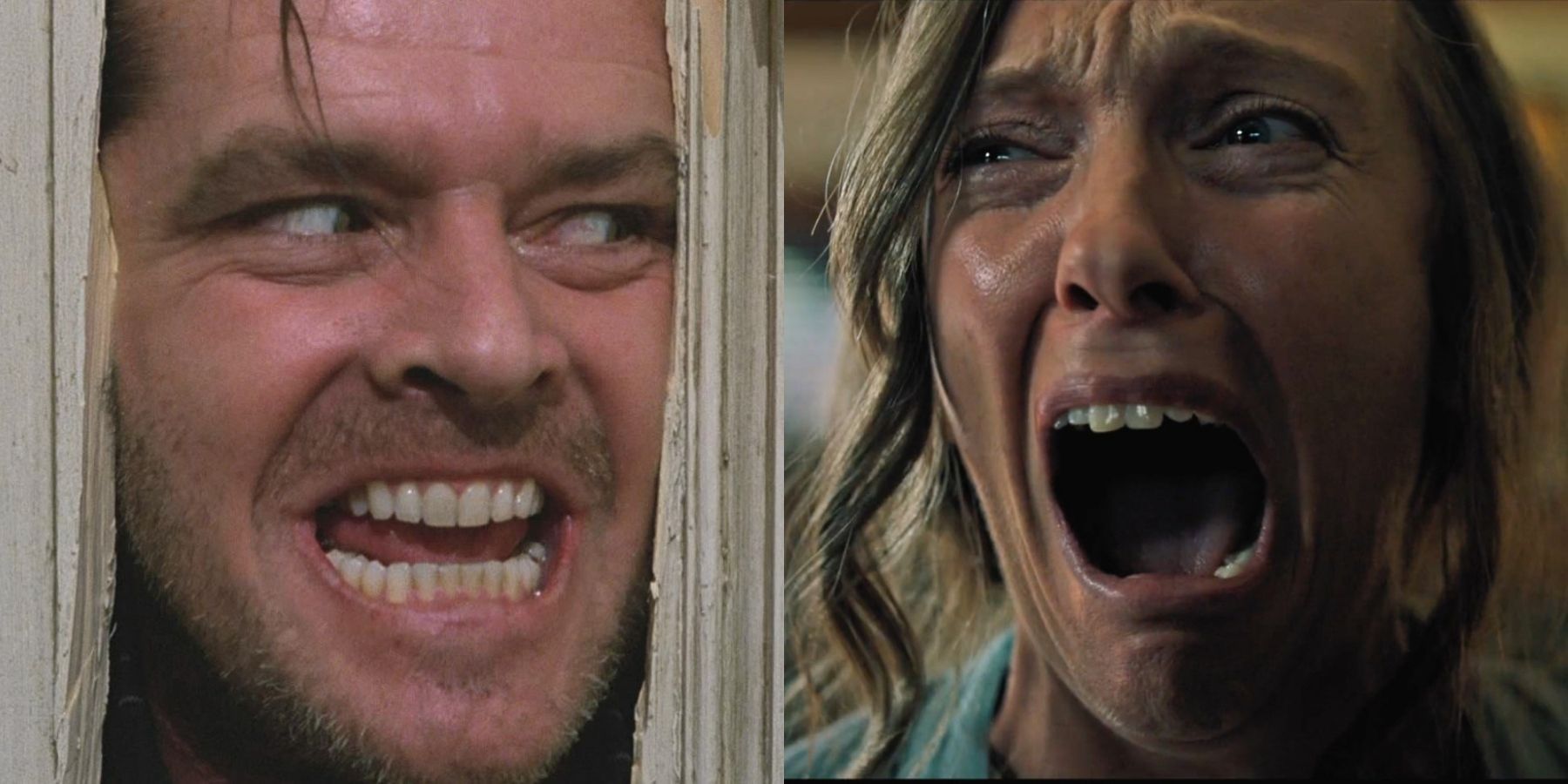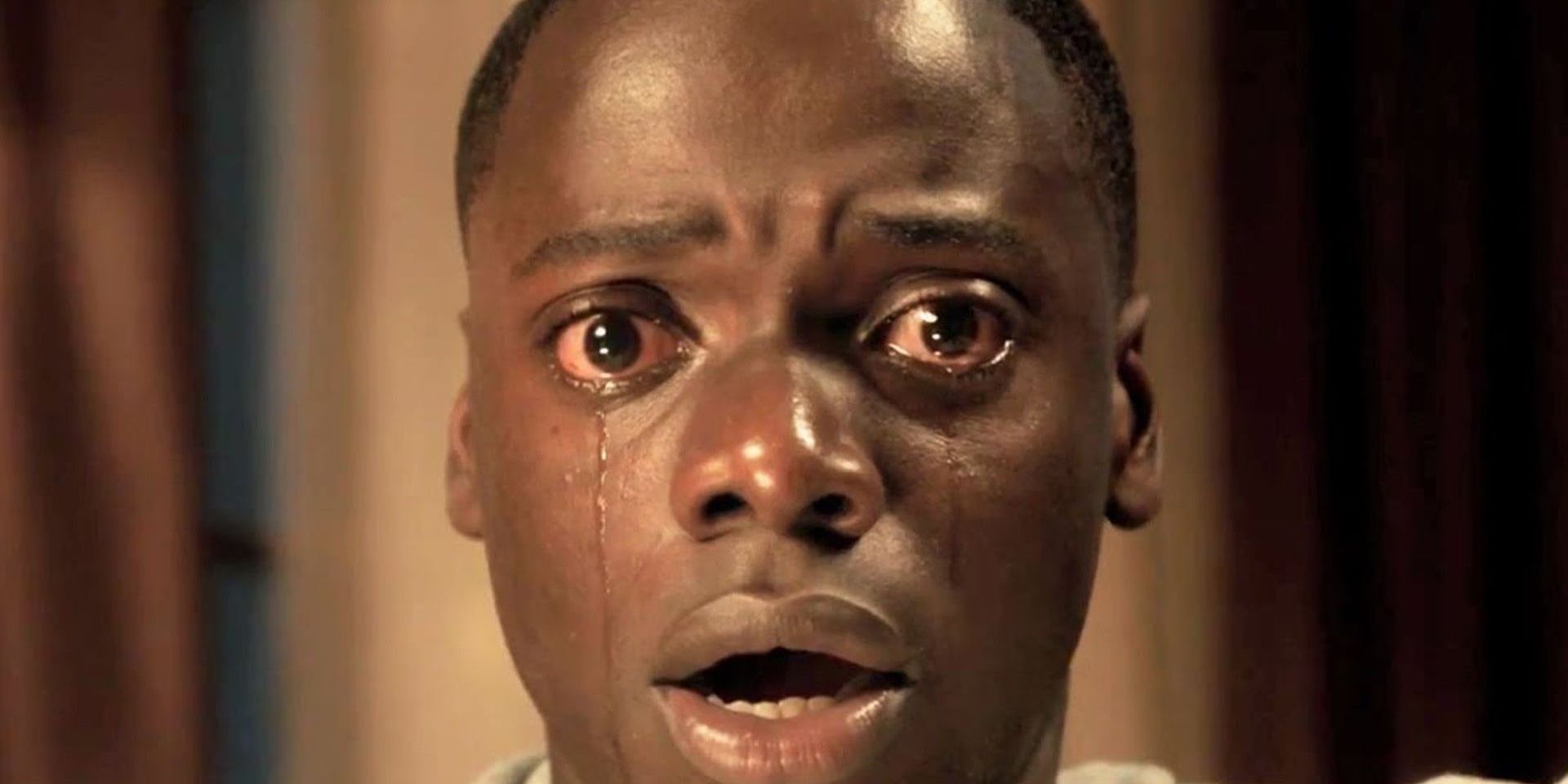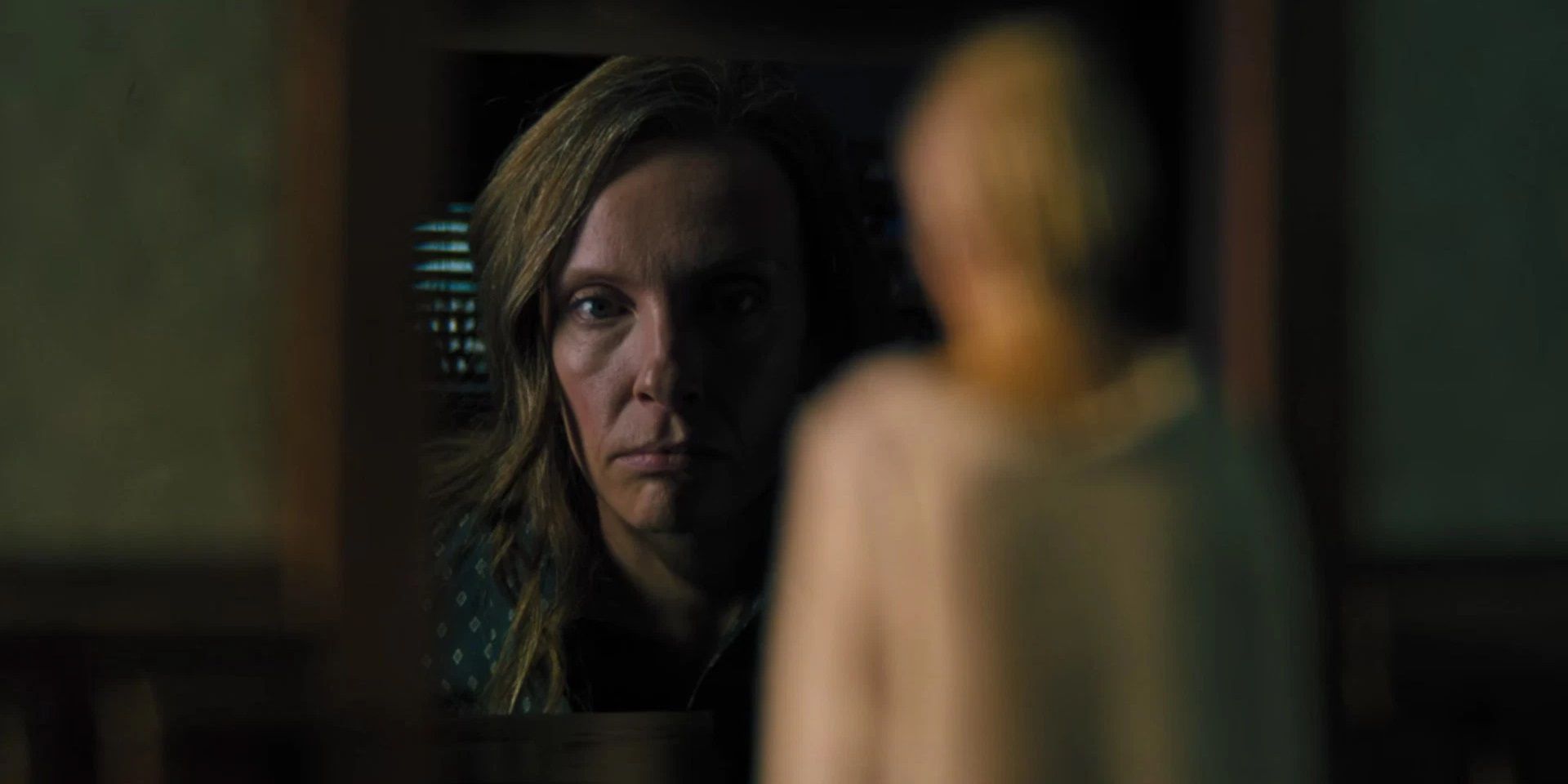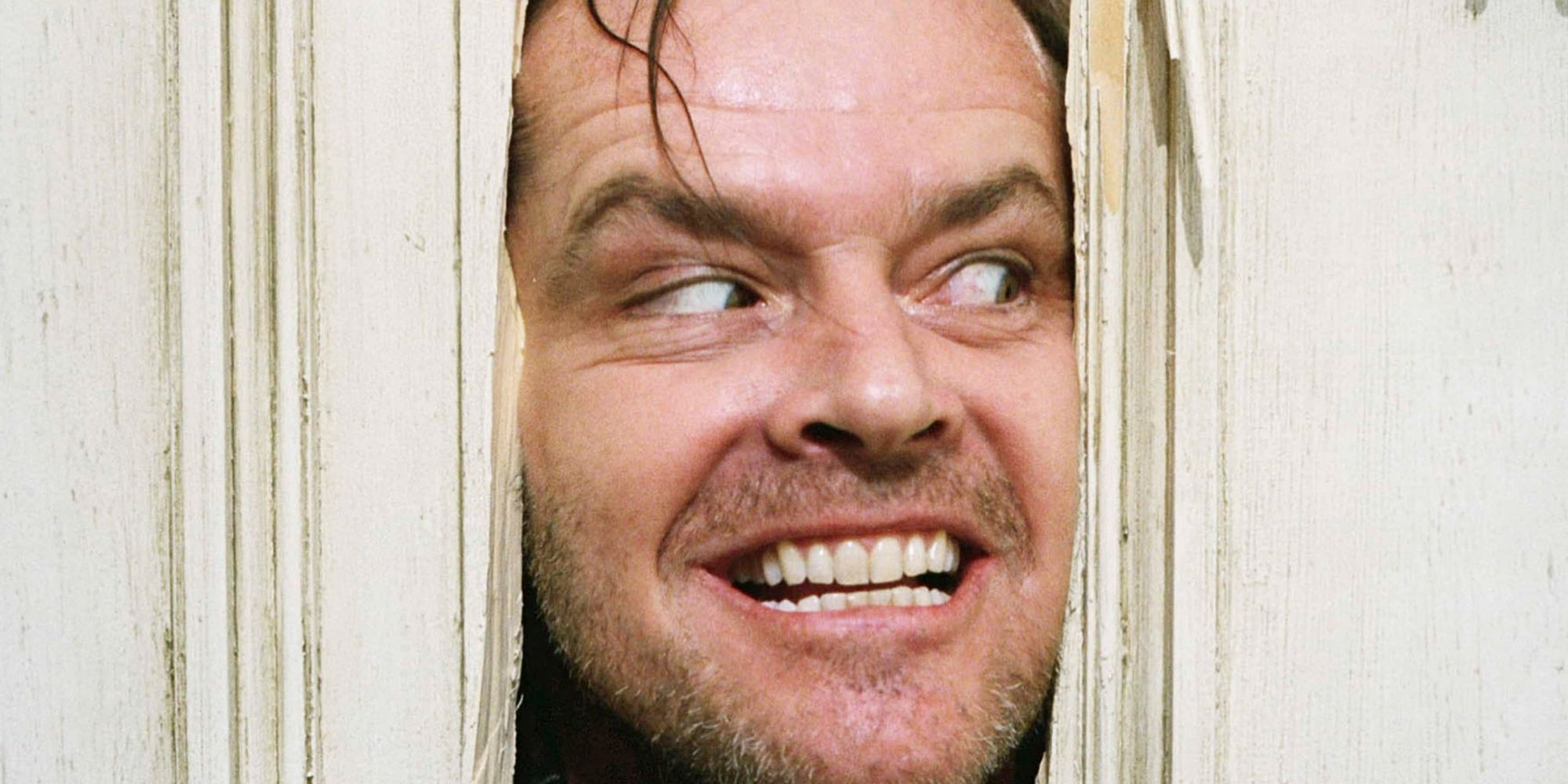Horror movies are meant to hold the viewers in a state of constant tension and — in the best cases — wondering what will happen next while enjoying a terrifying experience. Often, once the killer is unmasked, the curse is lifted, and the jump scares are exhausted, it doesn't make much sense to sit through another 2 hours of the same thing when there are so many other potentially worthy horror films out there.
But in some instances, the final twist is so excellently set up and unexpected that it subverts all expectations and tropes and casts the entire movie in a new light. In that case, a second viewing allows the audience, armed with the knowledge, to spot hidden details, nuances, and hints or even discover a new meaning to the story. In other cases, a movie is so fleshed out and complex that it takes another watch to understand it and fully appreciate it in every detail. No matter the reason, there's a handful of horror films that get only better with every subsequent viewing.
Get Out (2017)
Jordan Peele is quickly becoming one of the most promising and exciting directors in the genre, combining psychological horror with sharp social commentary, exceptional performances, and expertly set up twists. Just like his second feature, Us, Get Out crafts a complex story touching on the difficult topics of race and inequality that warrants a second viewing to appreciate it fully.
The plot follows an African American photographer Chris Washington (Daniel Kaluuya), who finally gets to meet his girlfriend's (Allison Williams) wealthy white family in their remote mansion. As the evening progresses, an awkward dinner turns into a fight-or-flight situation when Chris finds himself in the middle of a mystical racial conspiracy to abduct and exploit black people. While during the initial watch, viewers are likely to be engrossed in Chris's fight for survival and the emerging twist, the second viewing allows them to focus on Peele's masterfully crafted commentary about people of color and the gruesome reality of social injustice and prejudice.
Saw (2004)
James Wan's iconic directorial debut became a steeple of an era of violent and explicit horror and launched one of the most well-known and gritty franchises in the genre history. The series revolves around the mystery of 'Jigsaw Killer,' a serial killer who kidnaps and tests his victims' will to survive by putting them through deadly and extremely gruesome 'games.' While it's easy to overlook the story behind all the gore and torture, the original movie has one of the most remarkable and well-executed twists that put the whole narrative into a different perspective.
In the movie's final minutes, Wan masterfully subverts the audience's expectations and turns everything upside down with the ultimate reveal of the killer's identity and logic. With that cat out of the bag, the second watch allows the viewers to pick up on scattered clues, appreciate the quality of the script, and enjoy an even more terrifying ride while fully aware of the inevitability of the protagonists' grisly fates.
Hereditary (2018)
This A24's independent horror and Ari Aster's directorial debut is often considered one of the most controversial and unsettling movies of the past decade — and for a good reason. The story follows the Graham family after the loss of their secretive and manipulative matriarch, Ellen. Her daughter, Annie (Toni Collette), and grandchildren start experiencing mysterious phenomena as they discover sinister and increasingly terrifying secrets about their ancestry.
Hereditary is deliberately disturbing, psychologically intense — especially thanks to Collette's remarkable portrayal of Annie's shattering breakdown — and filled with unnerving imagery and hair-raising provocations. In the last 20 minutes, the movie starts unraveling at a staggering speed. It overwhelms the audience with revelations and startling plot developments, culminating in the bizarre closing scene that leaves the viewers wondering what just happened. It's only on the second watch that it becomes easier to pick up on the meaningful background details, hidden messages, subtle symbolism, and allegories weaved into the narrative.
The Shining (1980)
More than 40 years later, this product of collaboration between the masters of the genre, Stanley Kubrick and Stephen King, remains an iconic horror movie that becomes even better on each viewing. The story follows Jack Torrance (Jack Nicholson), an aspiring writer who brings his wife Wendy (Shelley Duvall) and son Danny (Danny Lloyd) to an isolated (and haunted) hotel where he acts as an off-season caretaker. The longer they stay, the more Jack loses his grip on reality and goes way off the deep end, influenced by the hotel's supernatural forces.
While it's undoubtedly iconic, there's more to The Shining than the cracked Jack's "Here's Johnny" scene. The movie's unrivaled cinematography, ominous soundtrack, and twisted story all warrant a second, third, or fourth rewatch. On top of that, according to Rodney Ascher's documentary, Room 237, the movie holds many hidden meanings. Some believe that the film is an allegory for American imperialism and oppression of Native Americans, while others even speculate that it substantiates a claim that Kubrick helped the government fake the Apollo 11 moon landing. The director never confirmed nor denied any of the theories, cleverly allowing the audience to decide for themselves.
The Sixth Sense (1999)
Directed by M.Night Shyamalan, this psychological horror follows a child psychologist, Malcolm Crowe (Bruce Willis), whose new patient, Cole Sear (Haley Joel Osment), claims he can see and communicate with the dead. Haunted by his failure to save his previous patient, Malcolm tries to help Cole understand and come to terms with his supernatural gift.
There's hardly anyone out there who hasn't heard of the movie's ultimate surprise ending that became the embodiment of the 'Shyamalan Twist.' It is exceptionally well-crafted, original, and beautiful in its simplicity. While the final montage does an excellent job helping the audience to put the puzzle pieces together, it is only on the movie's rewatch that one can satisfyingly pick up on all the clues that suddenly make the eventual revelation painfully obvious. In the case of The Sixth Sense, knowing about the twist doesn't take away from the movie but makes it even better, allowing the viewers to appreciate the quality of the script, the subtle hints, and the ingenious setup.






